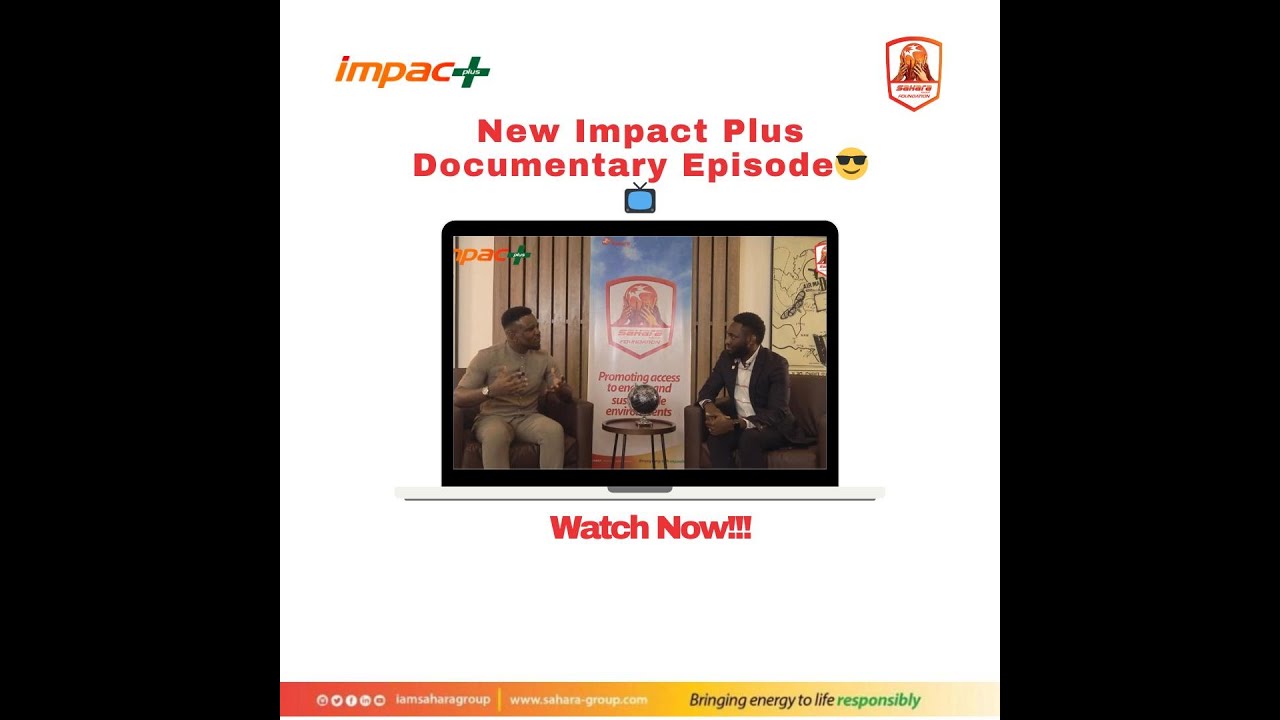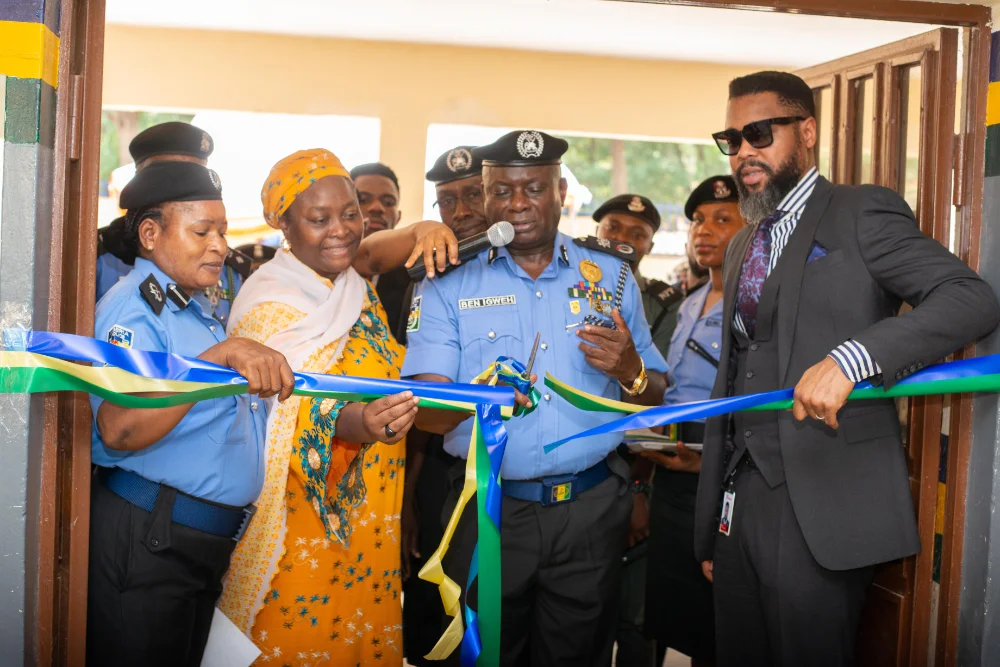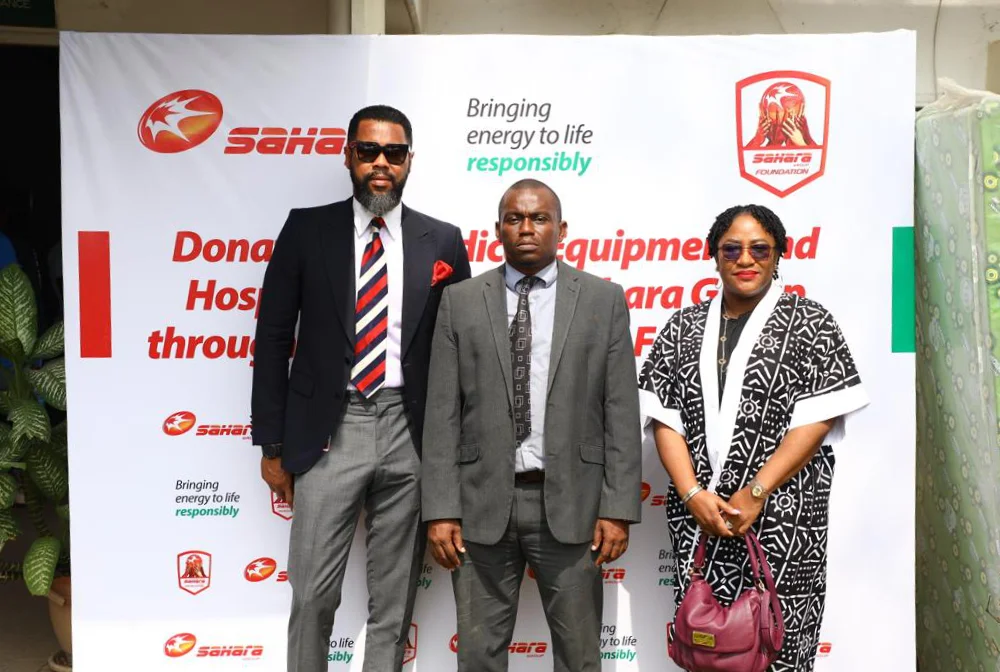In the face of climate changes, we must ensue some form of adaptive resistance which seeks to preserve, as much as possible, the historical structure, composition, and function of the ecosystem. One of the primary resistance strategies is to ‘identify and preserve’ areas known as ‘Climate change Refugia’.
A Refugia (refugium- singular) is an area in which a population of organisms can survive through a period of unfavourable condition.
Climate Change Refugia are “areas that remain relatively buffered from contemporary climate change over time and enable persistence of valued physical, ecological, and socio-cultural resources”. The key feature of refugia is their relative persistence, despite changes in the climate in the surrounding landscape.
Climate change refugia can result from spatial variability in topography that decouples climatic processes at a smaller scale from broader, regional conditions. An example is cold-air pooling, where concentrated cold, dense air flows downslope into valleys or basins, creating temperature inversions.
CLIMATE CHANGE CONSERVATION CYCLE
The Climate Change Refugia conservation cycle provides a seven-step framework for the evaluation and identification of refugia, in order to implement climate change refugial management.
The seven steps are briefly outlined.
STEP 1: Consider target resource needs and vulnerabilities.
The starting point of the cycle involves determining the purpose and scope of a potential climate-change refugium project by defining the conservation target i.e. “valued resource”, such as; a population, species, wetland.
STEP 2: Assess vulnerability of the valued resource.
Consider the sensitivity, exposure, and adaptive capacity of the resource to projected changes in climate and its flexibility to adjust.
STEP 3: Review conservation goals
After assessment of the vulnerability of the valued resources, conservation goals are re-evaluated to determine whether climate change refugia are an effective and appropriate strategy. A negative review causes a reverse back to Step 2.
STEP 4: Identify climate change refugia
A key analytic process involves including areas that can be adequately managed when determining the best location for climate change refugia is. A first attempt to accurately ascertain such areas can be done based on assessing known physical (e.g., cold-air pooling) and biotic (e.g., forest shading) processes that buffer climate change. An extensive description, involves creative use of data from long-term climate monitoring stations, comparison of maps generated from alternative future climate scenarios, estimation of climate velocities (the speed at which zones of suitable climate move across the landscape, per Loarie et al. 2009), and use of paleo-ecological data can be useful.
STEP 5: Prioritize refugial areas and implement management actions
If climate-change refugia have been determined to be an effective adaptation tool for valued resources, and a set of viable refugia sites mapped, STEP 5 involves determining which of the overall set of sites can and should be prioritized for management. While logistics and institutional capacity such as access, capacity to protect from disturbance, land designation constraints (e.g., Wilderness) are major factors to consider, it is also important to take into consideration, local threats and vulnerabilities.
STEP 6: Implement priority actions to manage climate change refugia
Once manageable locations for climate change refugia are determined, they can be prioritized for both traditional and creative management techniques management goals can be developed. Managing for climate change refugia employs mostly same approaches used to conserve non-refugial targets, with intense emphasis on use of resistance strategies in the limited areas determined for management.
STEP 7: Monitor climate change refugia
Climate change refugia are only as good as they are effective over time, and thus monitoring is an essential part of the cycle. Establishing relevant baseline data, and collecting physical data including micro-climate indicators, shortly after delineating refugia is an essential step to monitoring, as these data can then be used to evaluate sites at intervals over time.
CONCLUSION
Climate change refugia management is not a universal solution but rather, a “slow lane”, in that their relative buffering from climate change can protect native species and ecosystems from the negative effects of climate change in the short term, and provide longer-term havens from climate impacts for biodiversity and ecosystem function.
It can be costly, time-consuming, and will only be effective, for its primary objective in a short term. Thus, it is best practiced along with other strategies. There also uncertainties about the scale at which climate change refugia should be identified and managed, the duration of their effectiveness, and how to incorporate multiple species or other resources that will respond to climate change in different ways.
REFERENCE
https://www.fs.usda.gov/ccrc/topics/climate-change-refugia
https://esajournals.onlinelibrary.wiley.com/doi/10.1002/fee.2189






